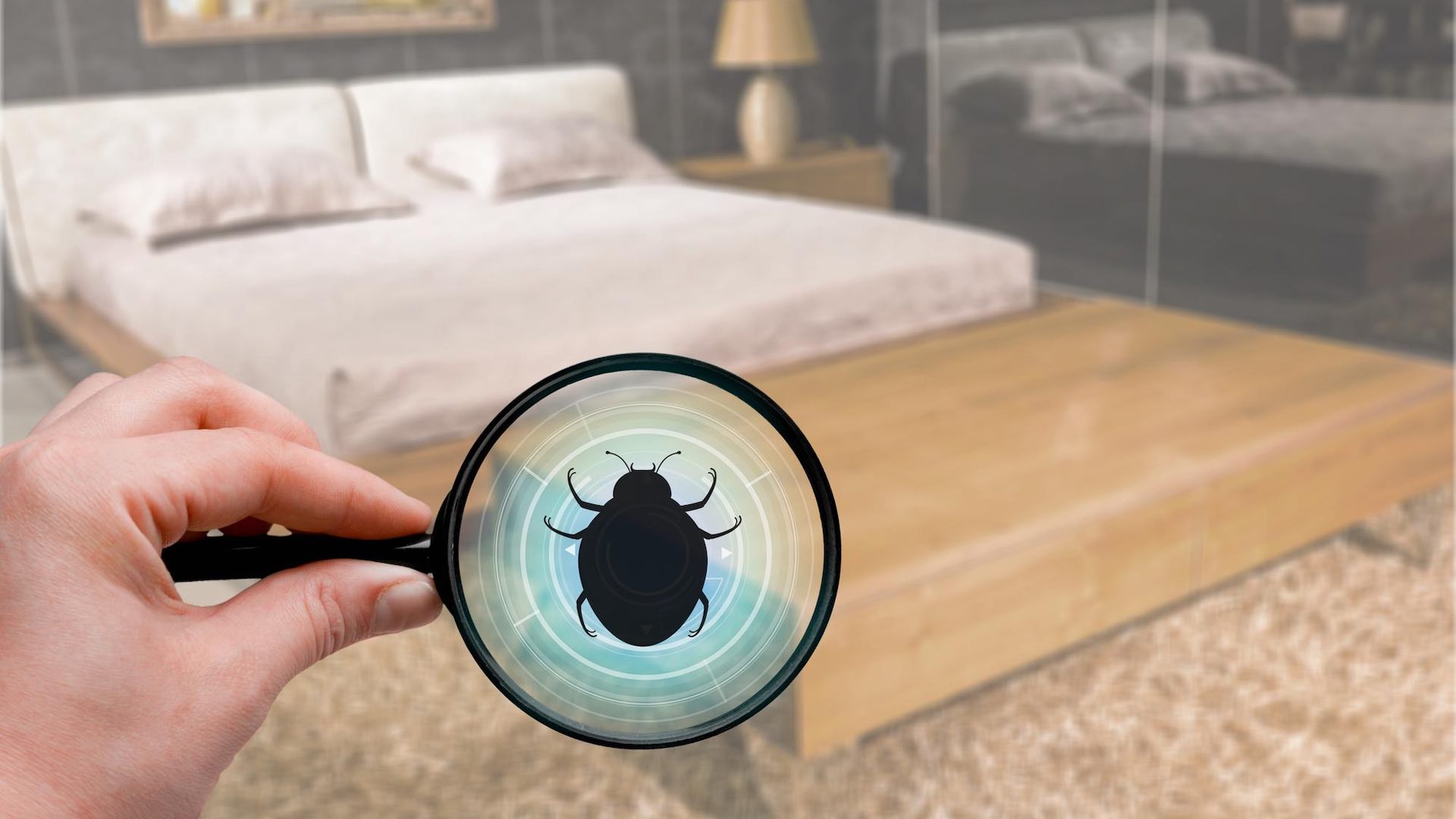Paris, the global romantic and cultural mecca, faces an unwelcome guest – bedbugs. As the City of Lights prepares to showcase itself during the 2024 Summer Olympics, it’s contending with a bedbug surge that’s affecting hotels, trains, and even cinemas. If you’re heading to Paris or any other location where these pests might be prevalent, it’s crucial to be vigilant.

The Environmental Protection Agency (EPA) notes that adult bedbugs resemble apple seeds in size and hue, while their younger counterparts are tinier and tougher to spot. Primarily nocturnal, these pests emerge to feed on human blood. Upon reaching your accommodation, Dr. Karan Lal, a leading dermatologist, and member of the Society for Pediatric Dermatology, emphasizes the importance of meticulous checks.
Investigate under the bed, behind the frame, and between the mattress and frame. Dr. Lal also recommends carrying a spray bottle of isopropyl alcohol. “Bedbugs detest rubbing alcohol and will surface upon its application,” he notes. Additionally, blood stains or tiny black specks can also indicate their presence.
To further safeguard yourself, keep your luggage and belongings elevated. High surfaces like dresser tops are ideal. Surprisingly, bathrooms are less inviting for these critters due to their tile floors, so some suggest storing luggage there. On public transport, remain watchful and consider standing to minimize contact with potentially infested surfaces.

Once you return, Dr. Lal advises against immediately bringing your suitcases indoors. Instead, let them sit in your garage for a couple of days, followed by laundering clothes at high temperatures. Wrapping your luggage in plastic can act as an added layer of defense. While small, bedbugs are visible. They adore nesting in soft furnishings, can maneuver through floorboards, behind wallpapers, and even in sockets.
Tourists, often inadvertently, might transport these bugs from infested locations in their luggage, which can then easily spread through public transport and crowded places. Dr. Lal clarifies, however, that bedbugs aren’t contagious like mites. “While they can travel in personal belongings, bedbug bites don’t transmit from person to person,” he says.
Bedbugs might not transmit diseases, but they can elicit severe reactions in certain individuals. Their bites, manifesting often as red bumps, can be particularly problematic for children and chemotherapy patients, whose immune systems might not robustly combat the allergic reactions, according to Dr. Lal.
It’s a myth that hygiene correlates with bedbug infestations. Their swift reproduction rates mean they can quickly overrun a place given the right conditions. Dr. Lal remarks, “From elite Manhattan hotels to places worldwide, bedbugs are ubiquitous.” Recent reports by France’s Anses suggest that heightened tourism and increased insecticide resistance have accelerated the bedbug proliferation in France.
